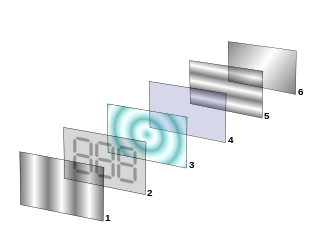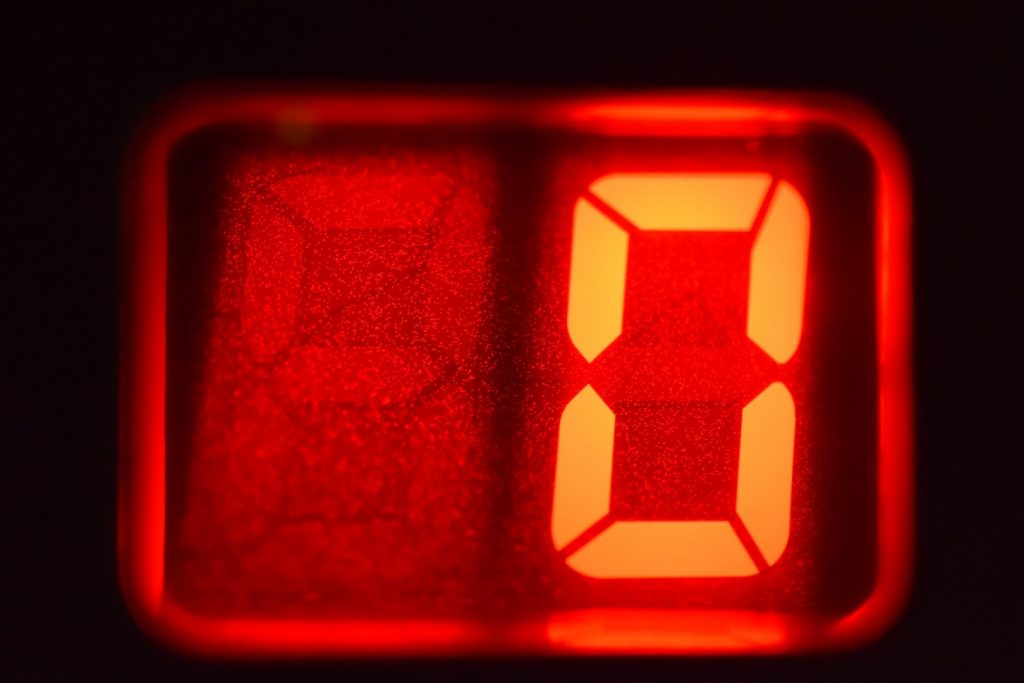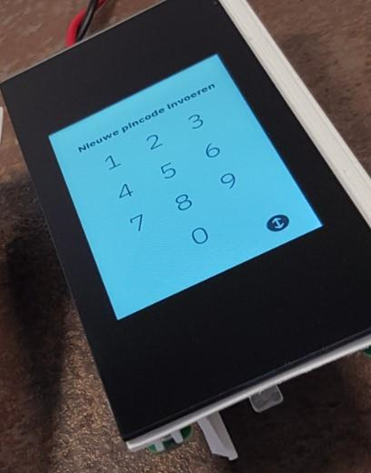Customers often come to us with a dream in which a display is desired. To choose the right display for the application, we look at all aspects of the product.
Resolution
The resolution of a graphic display affects how much information can be displayed. Together with our customer, we first look critically at what information should be shown and in what way. Higher resolutions also affect the memory of the processor that will drive the display.
Display technology
There are a large number of display technologies, all with their own specific features. and cons. In addition to the somewhat older TN (Twisted Nematic) LCD technology, there are modern technologies such as IPS (Inter Plane Switching) or OLED. With the latter two techniques, the wide viewing angle is a great advantage.
A graphic display is not always necessary to display information. A segment display can also suffice, the one-off costs for a segment display according to your own design are low and the cost price is also a lot lower than a graphic display.
Size
In the desired product there are often limitations in the dimensions. These dimensions and how the display will be mounted is a factor that is taken into account during the selection of the display.
Control
To provide the display with the correct information is it provided with an interface. Where previously a parallel or SPI control was used, we see with the increasingly higher resolutions that the interface is also being adapted. A MIPI interface is one of the possibilities to quickly transfer the data to the display and thus comply with the desired refresh rate.
Selection
Based on we propose one or more displays for all wishes and requirements. For a correct choice, we ensure that a sample of the proposed display is available so that there are no surprises afterwards. Regularly, an operation on the display is also requested, read more about this in our post about touch technology .




